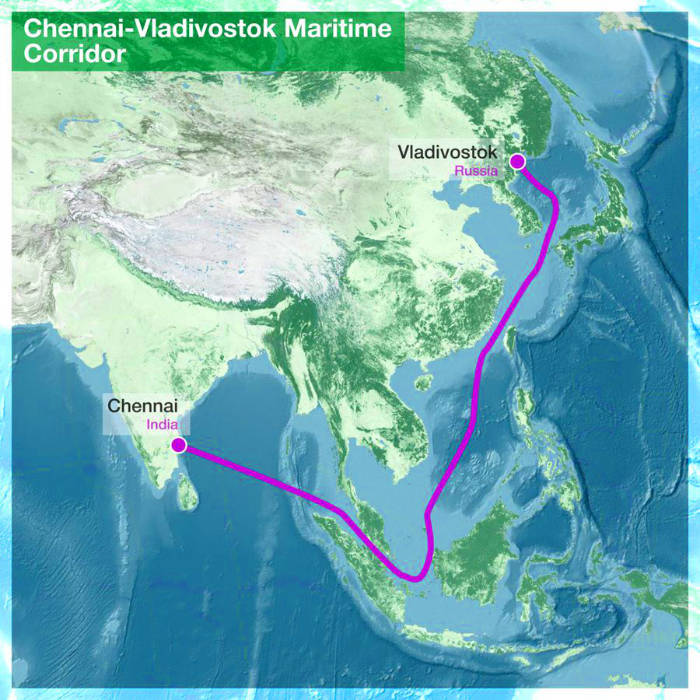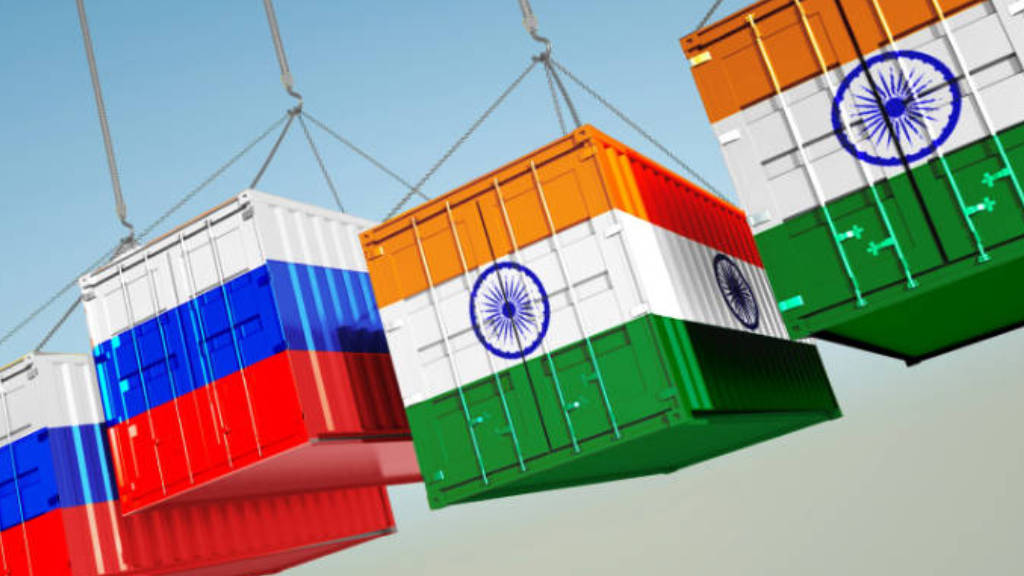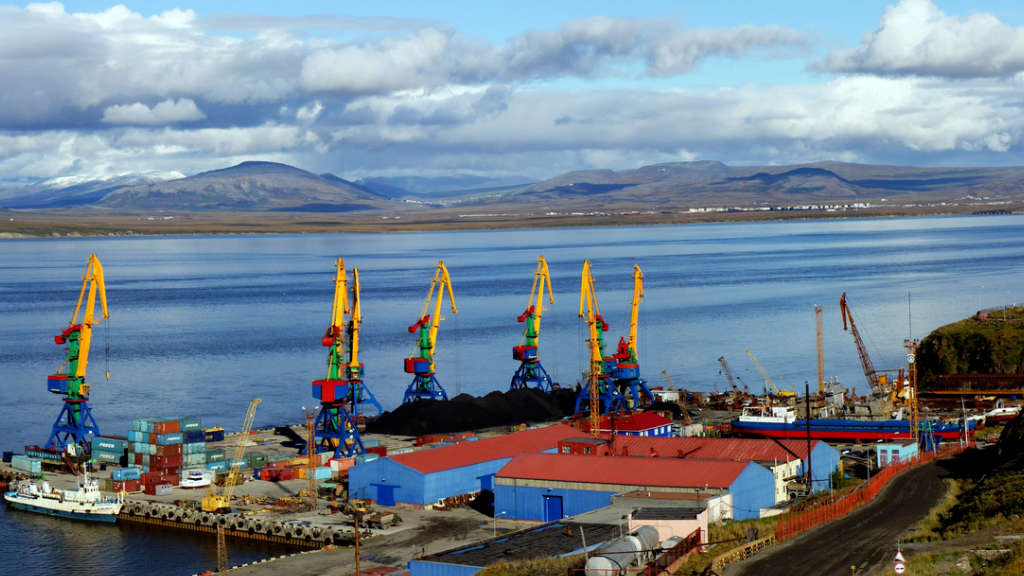India’s Minister of Ports, Shipping and Waterways, Sarbananda Sonowal has said that the Eastern Maritime Corridor (EMC), which connects major logistics hubs in Russia’s Far East with India’s southeastern coast, has become operational. The maritime link is expected to serve as a cheaper and faster alternative for shipping vital commodities, including oil and coal.
Sonowal said “The Eastern Maritime Corridor between Vladivostok and Chennai is operational now. Container ships carrying crude oil, metal, and textiles have started coming to Indian ports. It is not just a trade route but also a symbol of the growing partnership between our two countries.”
This sea route between Chennai Port, India’s second-largest container hub, and Vladivostok Port in Russia’s Far East originally opened in the 1960s and facilitated Soviet trade with India. Later, as the volume of goods being shipped decreased, it became redundant. The revival of bilateral trade since 2022, when India began actively importing Russian fuels and fertilizers. It is now seen by both governments as one of their top priorities, given that traditional shipping routes had been disrupted by Western sanctions against Moscow. India’s future development and growth is largely dependent on cheap Russian oil and gas, in a manner similar to the previous powering of the German economy until the EU banned Russian energy imports from 2024 due to its supportive Ukraine stance. The German economy has since entered a recession and its government has collapsed.

The reopening of the route is estimated to reduce the time required to transport cargo between the ports in India’s south and Russia’s Far East from 40 days to around 24 days. Stretching across the vast expanse of the Indian Ocean and into the Pacific and covering a distance of about 5,600 nautical miles, this maritime link is anticipated to facilitate the movement of goods ranging from pharmaceuticals and textiles to machinery and agricultural products.
Currently, the most commonly used sea trade route is between India’s Nhava Sheva Port in Mumbai and Russia’s St. Petersburg port; it covers a distance of 8,675 nautical miles, with transportation taking around 35 to 40 days.
For India, the new route provides direct access to the Russian Far East, an area rich in natural resources and untapped markets needing diverse products. For Russia, particularly the Far Eastern regions, the corridor opens a vital connection to one of the fastest-growing economies in the world, allowing for the export of energy resources and raw materials essential for India’s industrial growth.
Russia’s Arctic and Far Eastern ports account for around 40% of the country’s maritime shipping, and their freight turnover could double over the next decade, with coal, crude, and LNG being the key items shipped. All of these commodities, along with fertilizers, could be effectively shipped via the EMC, according to a feasibility study conducted by the Indian government in 2023. Russian officials have also noted that the EMC could be further linked with the Northern Sea Route, which runs from the Barents Sea near Russia’s border with Norway to the Bering Strait between Siberia and Alaska, providing India with even more alternative routes to ship vital commodities.
Meanwhile, Russian President Putin is set to visit India ‘in the near future’ (probably meaning before the year-end) as a reciprocal visit to Indian Prime Minister Modi’s two visits to Russia this year. India has suggested it would be prepared to assist with mediation between Russia and Ukraine, with Modi also visiting Kiev in August.
Further Reading





